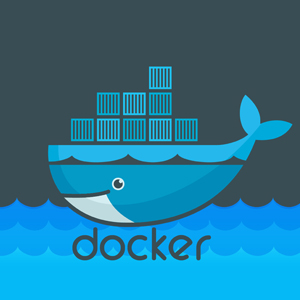Enhancing the application development process in all its phases—building, scaling, shipping, deploying and running—plays a vital role in today’s competitive IT industry by shortening the time between writing code and running it. Moreover, the methodologies of DevOps and such container virtualization technologies as Docker make adopting microservice architecture style with reduced risk and complexity virtually effortless. It is significantly easier to achieve the state of continuous deployment, monitoring and delivery using Docker. Not to mention, Docker Compose, one of the tools offered by Docker is designed to manage the complexity of containers by defining and running multi-container Docker applications.
Before we look into the steps of dockerizing web applications, let us quickly understand some of Docker’s fundamentals.
What is Docker?
As explained on its website, Docker is a software containerization platform created for software developers and system administrators to build, ship and run distributed applications on different forms of infrastructure such as laptops, data center virtual machines, cloud computing and more.
Why Use Docker?
Shipping an application into containers is popularly known as “Dockerizing.” Dockerizing offers several substantial benefits. Here are some ways Docker container technology proves beneficial in day-to-day software development and testing:
- Containers provide an isolated and secure application platform for running an application. They also isolate applications from one another and the underlying infrastructure, while providing an added layer of protection for the application.
- Containers enhance the overall process of developing, shipping, testing and deploying the code in different environments, and make the process very convenient for various stakeholders. This convenience creates self-service development and testing environments, and enhances overall productivity of software developers and test engineers.
- Containers can help eliminate a lot of issues related to configuration, environment setup, application setup and more. Most of these issues tend to occur due to configuration differences in development, testing and production environment stages, and cause the deployment to fail.
Docker Compose – White Paper
Want to learn more about dockerizing web application using Docker compose? Download our white paper, which offers deep insights on orchestrating multiple containers using Docker compose along with sample code.
Author
 |
Vishal Pandiri is a Technical Associate at Evoke Technologies. He is a part of Evoke’s Research & Development team and currently exploring Microservices, Dockers and Cloud Native Apps. He is technically strong in multiple programming languages including J2EE, J2SE, Spring, Hibernate, Mybatis, Web Services (REST/SOAP), HTML and CSS. When not working, Vishal likes to spend time with his family and friends. |








1 Comment
Nice vishal…. Keep it up